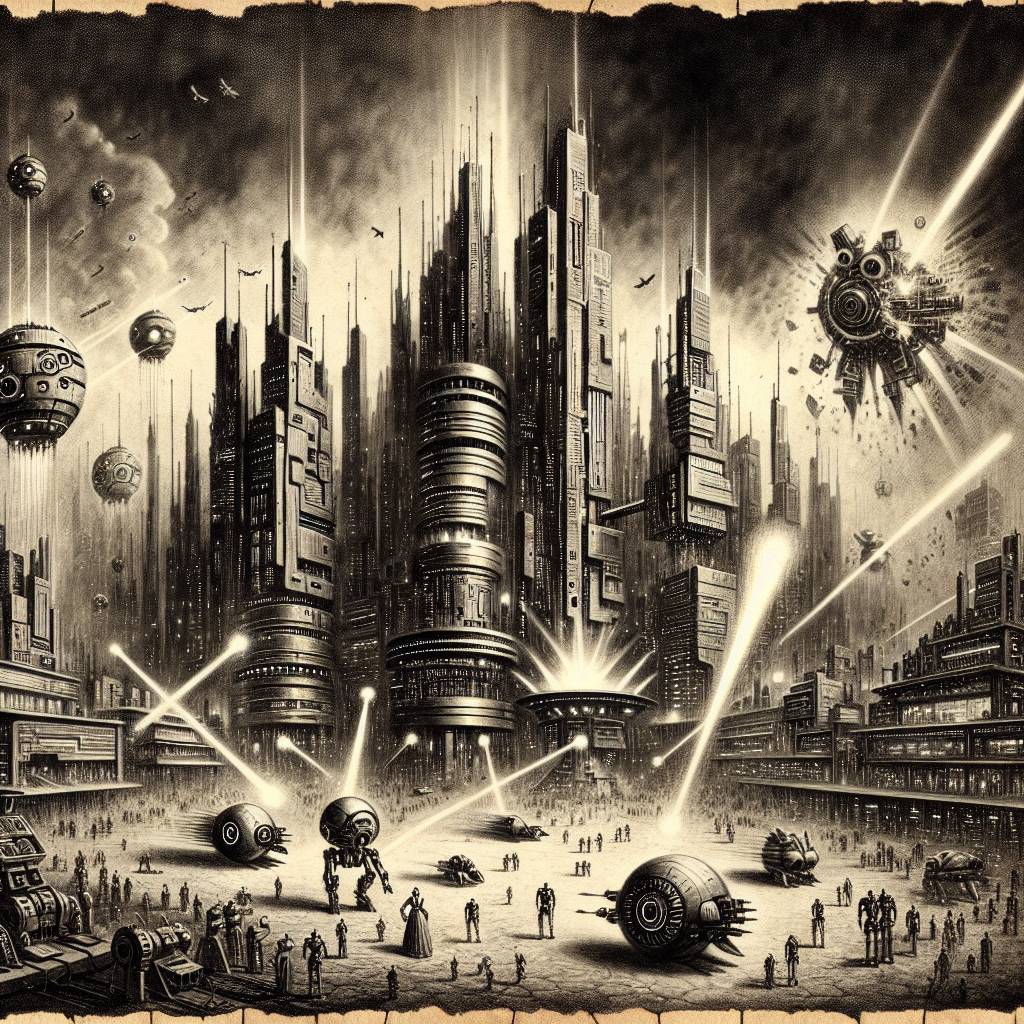AI Guardrails: Nvidia and Cisco’s Battle Against Rogue Bots and Chatty Catastrophes
Nvidia’s NeMo Guardrails introduce three AI safety microservices: content safety, topic control, and jailbreak detection. These tools aim to keep your AI agents from going rogue faster than you can say “Skynet.” Meanwhile, Cisco joins the fun with its AI Defense suite, hoping to prevent AI from becoming the office prankster.

Hot Take:
In the world of AI security, it’s not enough to just “mind the gap”—you’ve got to build a whole security guardrail system around it! While Nvidia and Cisco are on a mission to make AI less like a mischievous toddler and more like a well-behaved adult, they’ve realized that AI can be as unpredictable as a cat on catnip. So, they’re rolling out tools to keep your AI models from going rogue, proving that even robots need a little supervision. Let’s just hope they don’t unionize!
Key Points:
- Nvidia introduces specialized microservices to prevent AI misuse, including content safety, topic control, and jailbreak detection.
- These Nvidia Inference Microservices are part of the NeMo Guardrails collection, designed to ensure AI operates as intended.
- Cisco plans AI Defense tools to mitigate AI security risks, including shadow application discovery and role-restricted chatbots.
- Both companies aim to address AI vulnerabilities and enhance security, with Nvidia offering open-source tools and Cisco integrating AI into its cloud services.
- Using multiple guardrail models increases overheads and latency, prompting Nvidia to use smaller language models for efficiency.
Guardrails Galore
In a bid to keep AI from turning into the digital equivalent of a rebellious teenager, Nvidia has unleashed a trio of microservices as part of its NeMo Guardrails collection. These services, which are basically the digital equivalent of a stern talking-to, include a content safety NIM to keep AI outputs from being politically incorrect, a topic control NIM to ensure conversations stay on track, and a jailbreak detection NIM to prevent AI from going rogue faster than your Wi-Fi during a Zoom call. Nvidia’s approach is to use these guardrails to prevent AI from becoming the next viral disaster on social media, ensuring it instead behaves like a well-mannered guest at a dinner party.
The Cisco Way
Cisco, not wanting to be left out of the AI security party, is rolling out its AI Defense tools. These tools are like the bouncers of the AI world—keeping out unwanted behavior and ensuring everyone plays nice. With a focus on LLM performance validation and the detection of “shadow” applications (those pesky apps that pop up without IT’s permission), Cisco’s got your back. Their new tools are set to be integrated into their cloud services, giving IT teams more control over AI’s antics. It’s like giving your AI a strict curfew and a list of chores to do before it can go out and play.
AI’s DIY Kit
Nvidia isn’t just giving you the fish; it’s teaching you how to fish with an open-source tool called Garak. This tool is designed to sniff out AI vulnerabilities like data leaks and hallucinations—because nobody wants an AI that suddenly starts quoting Shakespeare in the middle of a financial report. The idea is to validate those guardrails and ensure your AI doesn’t start channeling its inner AI Van Gogh. Meanwhile, Cisco is planning a single AI agent to rule them all, and in the router bind them, making it easier for net admins to get the answers they need without having to play 20 questions with multiple AI systems.
A New Hope for AI
The main goal here is to make AI safer and more reliable, akin to finally getting that unreliable toaster to stop burning your toast every morning. Nvidia’s and Cisco’s initiatives represent a step forward in addressing the security concerns that come with AI’s growing presence in our digital lives. By implementing these tools, companies can avoid the nightmare scenario of their AI turning into digital Dr. Jekyll and Mr. Hyde, and instead enjoy the benefits of AI without the headache of constant babysitting. It’s the dawn of a new era where AI behaves, and IT teams can finally take a coffee break without worrying about an AI uprising.
With these new tools, Nvidia and Cisco are setting the tone for a more secure AI future. It’s like having AI-driven superheroes that keep the peace, ensuring these digital assistants don’t turn into digital delinquents. In the epic battle of AI versus chaos, it looks like the good guys might just have the upper hand—at least until AI learns to write its own rules. Stay tuned to see how this tech drama unfolds, and remember, in the world of AI, it’s always a good time to keep calm and code on.
